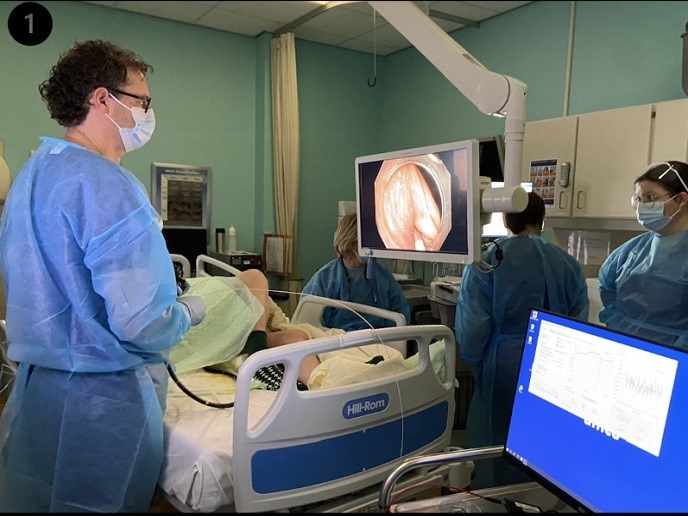Near-infrared fluorescence molecular guidance for interventional imaging
The major problem that physicians face during surveillance and endoscopic resection is the lack of functional and molecular information to facilitate decision-making regarding the tissue extension to remove. In endoscopy, diagnosis is primarily based on macroscopic colour features. And similarly in surgery, although tactile information is also available, it does not suffice for accurate delineation of the tumour margins. For that reason incomplete resections of tumours commonly occur. Among the existing optical techniques, wide field targeted imaging with near-infrared (NIR) fluorescence is one of the most promising imaging modalities for solving this clinical need. The primary goal of the EU-funded 'Fluorescence intraoperative imaging platform for tumour margin delineation' (FI2P4TUM) project is to employ real-time multi-spectral fluorescence imaging for molecular and quantitative tumour visualisation in surgical oncology and surveillance endoscopy. Researchers designed and built an imaging setup to offer video-rate simultaneous colour and NIR fluorescence acquisition. NIR-range imaging increased light tissue penetration. Targeted fluorescent agents enhanced tumour-to-background ratio for better detection of cancer sites. The modular structure of the platform provides an easy adaptation between open and minimally invasive surgery and surveillance endoscopy. Pre-clinical validation of the different modules for interventional imaging was performed in murine models of human cancer diseases. In these validations, NIR fluorescence probes were based on clinically approved antibodies targeting growth factor receptors. Computation of the tumour and lesion margins was tested using different segmentations of the images. In the current implementation of the imaging platform, the fluorescence images were segmented according to the Otsu’s method. The segmented images were overlaid on the colour information to provide the medical practitioners with information about the malignancy location and spread. The FI2P4TUM project bridges the gap between NIR fluorescence molecular imaging research and its potential clinical application. Importantly, the relevance of this research to the medical practice will shortly be investigated through two clinical studies.







